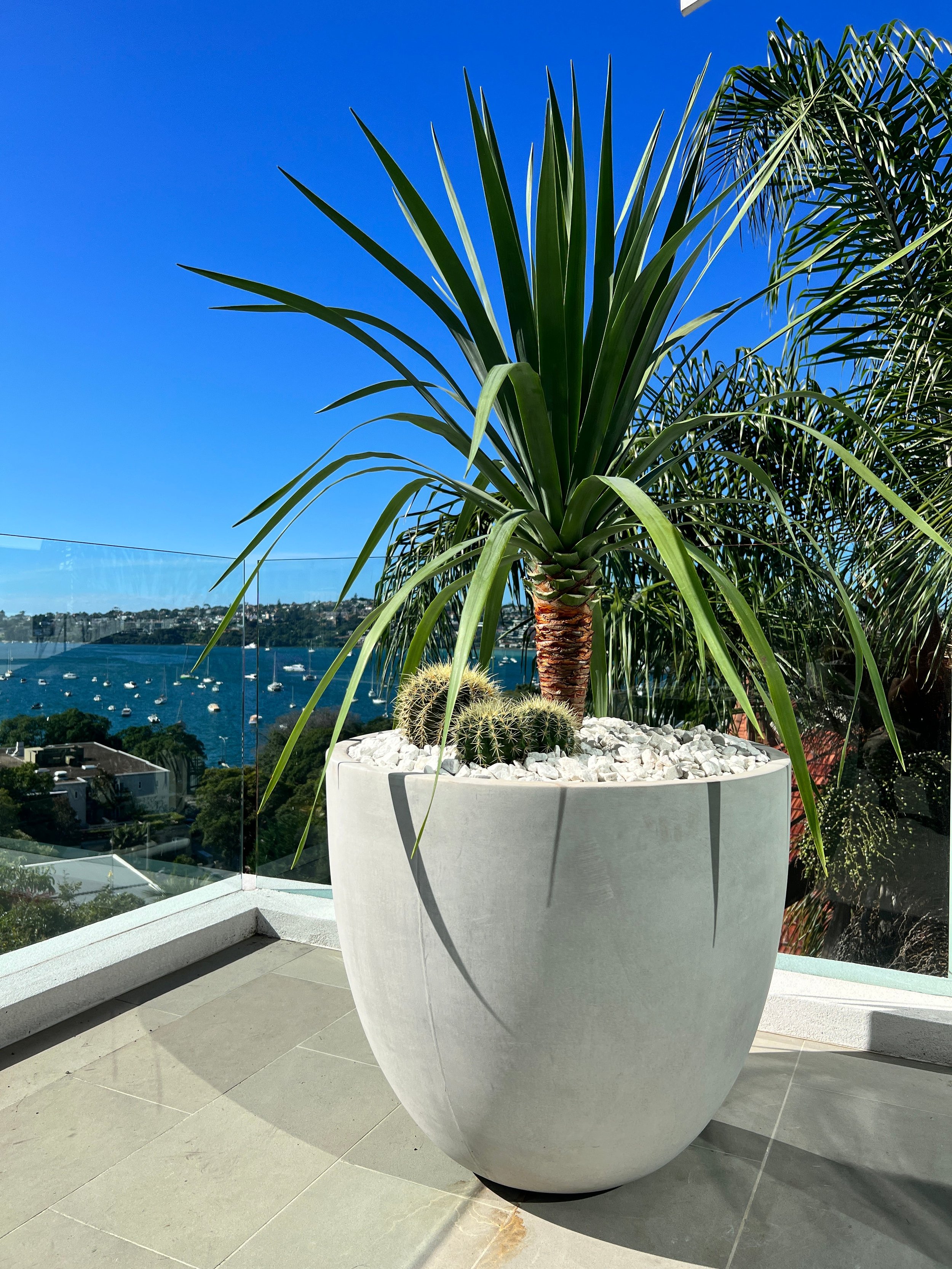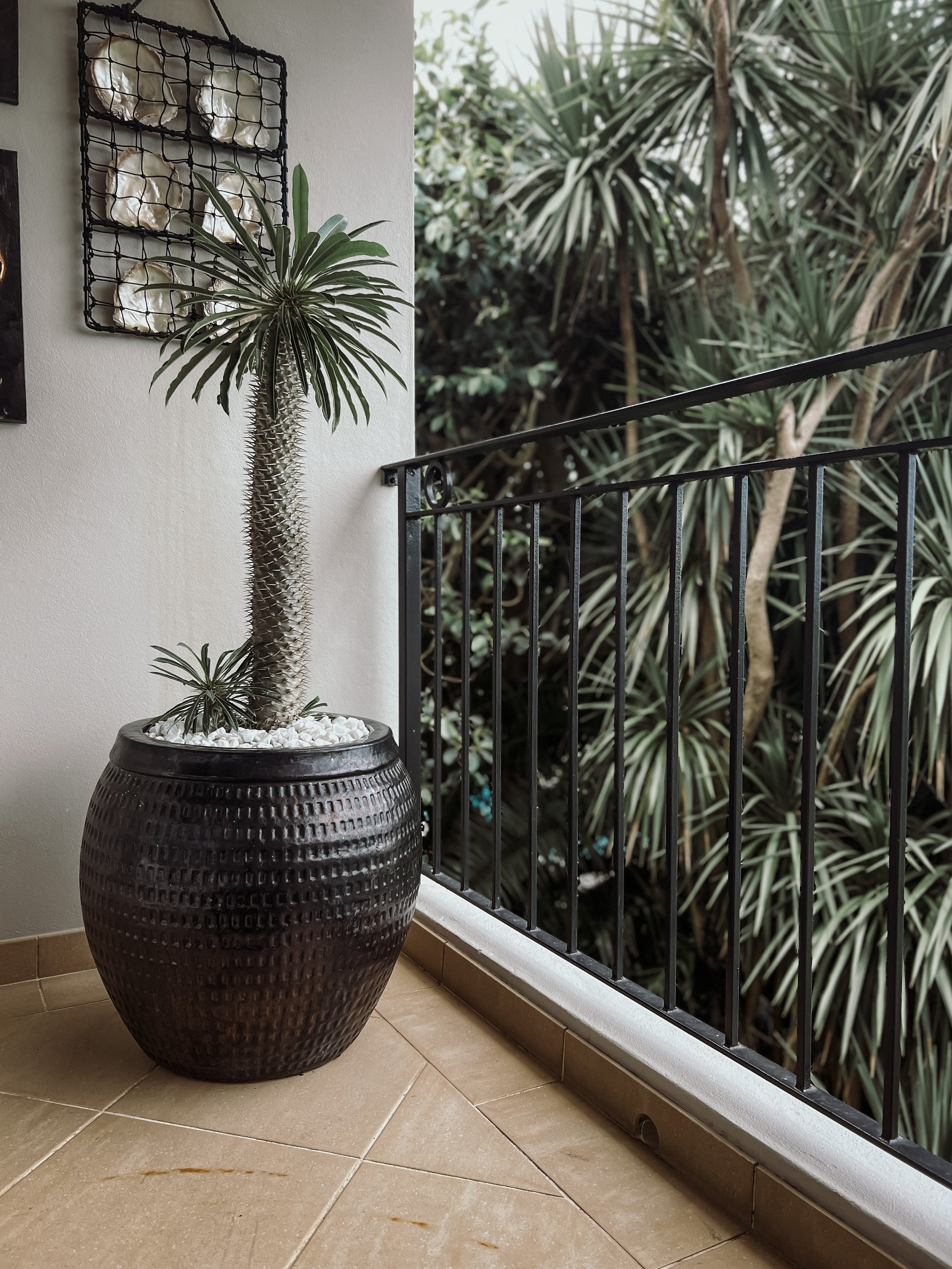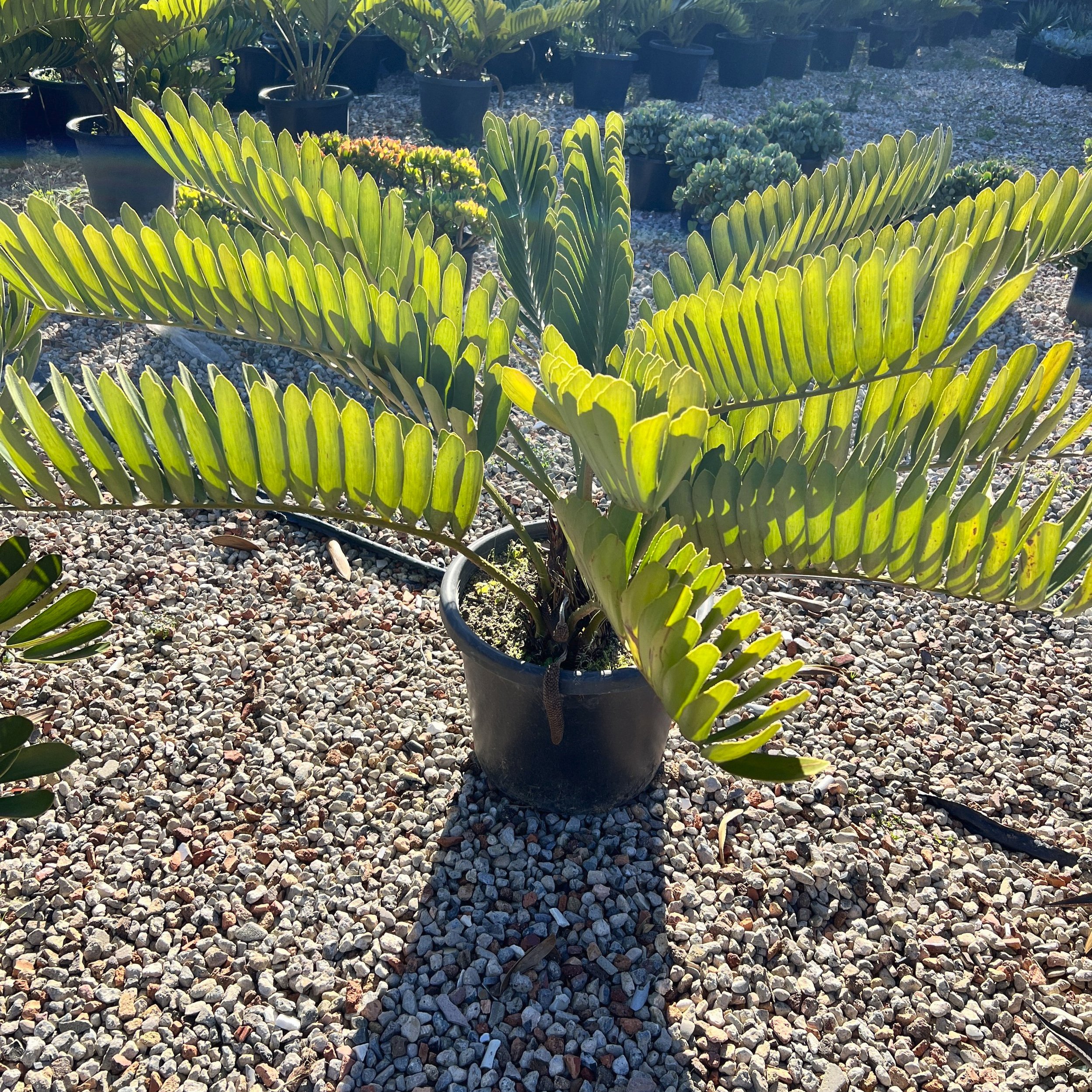Dragon Tree
BOTANICAL NAME
Dracaena dracoOcahui
ORIGIN
Native to the Canary Islands and Morocco.
WATER
Water when the top inch of soil is dry from spring to early autumn, but reduce watering in winter. Ensure good drainage to prevent water-logging.
OUTDOORS
Thrives in full sun but can also tolerate partial shade.
INDOORS
Suitable for indoors with direct sunlight (although it may never flower indoors)
FROST TOLERANT
Low tolerance, sensitive to frost and prolonged temperatures under 0 degrees
GROWTH RATE
Slow growth rate, reaching a height of up to 10-12 meters and a width of approximately 4-6 meters.
POPULARITY
Rare
FLOWERS
Flowers irregularly in spring, once mature
PETS & CHILDREN
Moderate risk to pets; toxic.
CONCACTUS FOR ALL INQUIRIES REGARDING PLANTS “UNAVAILABLE” ONLINE
Ready to spike up your space? Our products come in plastic pots, but fear not!
Get in touch post-purchase and we'll pot-ify your cactus for maximum appeal.
*IMAGES ARE CV STOCK EXAMPLES
Dracaena draco, commonly known as the Dragon Tree, is a remarkable and captivating evergreen tree that commands attention with its unique features. Native to the Canary Islands, Cape Verde, and Madeira, this tree has gained popularity worldwide for its striking appearance and rich cultural significance.
Standing tall at an average height of 10-15 meters, with exceptional specimens reaching up to 21 meters, the Dragon Tree boasts a stout and robust trunk. The trunk, adorned with a mosaic of textured bark in shades of gray, exhibits a fascinating pattern of dichotomous branching. As the tree matures, multiple side branches emerge, creating a mesmerizing silhouette.
At the crown of the Dragon Tree, an enchanting display of foliage unfolds. Large clusters of lanceolate leaves, reaching lengths 100 cm and about 4 cm in width, emerge in dense rosettes. These glossy leaves, reminiscent of sword blades, contribute to the tree's mythical charm. Their deep green hue adds a touch of vibrancy, standing out against the muted tones of the trunk.
During the flowering season, the Dragon Tree produces inflorescences that emerge within the foliage. These ethereal flower spikes, delicately branching, bear lily-like flowers with a subtle fragrance. Their petals, tinged in hues of greenish-white or light yellow, create a striking contrast against the backdrop of lush green leaves. Once pollinated, these flowers develop into clusters of coral-red berries, adding a splash of color to the tree's canopy.
In Australia, regions with coastal influences, such as parts of New South Wales, Queensland, and Western Australia, provide suitable conditions for its growth.
Well-drained soils are essential for the Dragon Tree's success, as it dislikes excessive moisture around its roots. The use of a well-aerated growing medium, composed of non-organic materials like pumice, lava grit, and peat encourages optimal growth. Regular watering during the active growing season, from September to early March, ensures healthy development, while reducing watering in winter prevents waterlogging and supports its natural dormancy period.
With its resilience and adaptability, the Dragon Tree is a versatile addition to landscapes. Its ability to withstand winds makes it an excellent choice for coastal areas prone to high wind. As a low-maintenance tree, it requires minimal pruning, primarily limited to the removal of dead or damaged leaves.
Beyond its ornamental allure, the Dragon Tree holds cultural significance. Throughout history, its sap, a deep red resin known as dragon's blood, has been treasured for its diverse applications. From traditional medicine to varnishes and dyes, this resin has captivated the imagination of civilizations across time.



